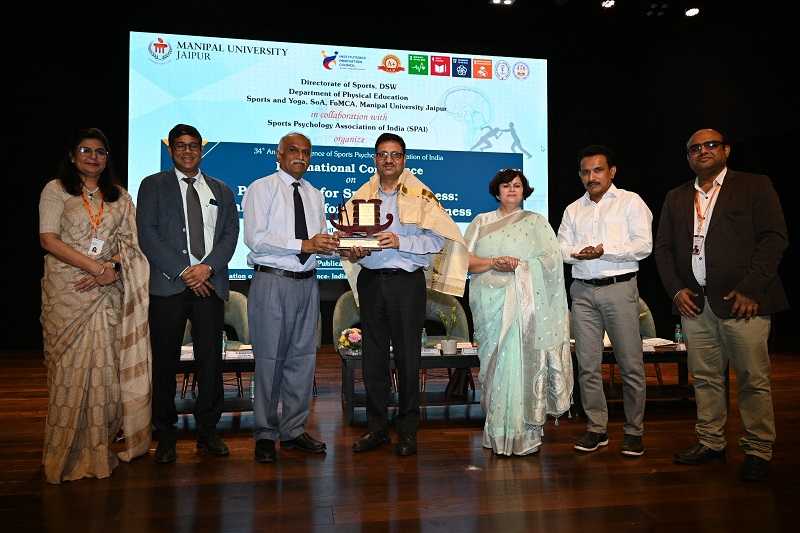Follow Us
Breaking News
- Laugh Riot and Murder Mystery Suspense: 'Housefull 5' Explosive Trailer Released
- Self-Proclaimed supreme leader and master distorter Distorting Facts Engaged in Anti-Nehru Campaign
- ‘Undeclared Emergency’: Congress on 11 years of Modi govt
- OPCC President demands resignation of Railway Minister over tunnel collapse
- India's foreign exchange reserves fell by $4.89 billion to $685.73 billion
Chandra Catches Spider Pulsars Destroying Nearby Stars
Washington, Dec 1:-- A group of dead stars known as “spider pulsars” are obliterating companion stars within their reach. Data from NASA’s Chandra X-ray Observatory of the globular cluster Omega Centauri is helping astronomers understand how these spider pulsars prey on their stellar companions.
A pulsar is the spinning dense core that remains after a massive star collapses into itself to form a neutron star. Rapidly rotating neutron stars can produce beams of radiation. Like a rotating lighthouse beam, the radiation can be observed as a powerful, pulsing source of radiation, or pulsar. Some pulsars spin around dozens to hundreds of times per second, and these are known as millisecond pulsars.
Spider pulsars are a special class of millisecond pulsars, and get their name for the damage they inflict on small companion stars in orbit around them. Through winds of energetic particles streaming out from the spider pulsars, the outer layers of the pulsar’s companion stars are methodically stripped away.
Astronomers recently discovered 18 millisecond pulsars in Omega Centauri — located about 17,700 light-years from Earth — using the Parkes and MeerKAT radio telescopes. A pair of astronomers from the University of Alberta in Canada then looked at Chandra data of Omega Centauri to see if any of the millisecond pulsars give off X-rays.
They found 11 millisecond pulsars emitting X-rays, and five of those were spider pulsars concentrated near the center of Omega Centauri. The researchers next combined the data of Omega Centauri with Chandra observations of 26 spider pulsars in 12 other globular clusters.
There are two varieties of spider pulsars based on the size of the star being destroyed. “Redback” spider pulsars are damaging companion stars weighing between a tenth and a half the mass of the Sun. Meanwhile, the “black widow” spider pulsars are damaging companion stars with less than 5 percent of the Sun’s mass.
The team found a clear difference between the two classes of spider pulsars, with the redbacks being brighter in X-rays than the black widows, confirming previous work. The team is the first to show a general correlation between X-ray brightness and companion mass for spider pulsars, with pulsars that produce more X-rays being paired with more massive companions. This gives clear evidence that the mass of the companion to spider pulsars influences the X-ray dose the star receives.
The X-rays detected by Chandra are mainly thought to be generated when the winds of particles flowing away from the pulsars collide with winds of matter blowing away from the companion stars and produce shock waves, similar to those produced by supersonic aircraft.
Spider pulsars are typically separated from their companions by only about one to 14 times the distance between the Earth and Moon. This close proximity — cosmically speaking — causes the energetic particles from the pulsars to be particularly damaging to their companion stars.
This finding agrees with theoretical models that scientists have developed. Because more massive stars produce a denser wind of particles, there is a stronger shock — producing brighter X-rays — when their wind collides with the particles from the pulsar. The proximity of the companion stars to their pulsars means the X-rays can cause significant damage to the stars, along with the pulsar’s wind.
Chandra’s sharp X-ray vision is crucial for studying millisecond pulsars in globular clusters because they often contain large numbers of X-ray sources in a small part of the sky, making it difficult to distinguish sources from each other. Several of the millisecond pulsars in Omega Centauri have other, unrelated X-ray sources only a few arc seconds away. (One arc second is the apparent size of a penny seen at a distance of 2.5 miles.)
The paper describing these results will be published in the December issue of the Monthly Notices of the Royal Astronomical Society, and a preprint of the accepted paper is available online. The authors of the paper are Jiaqi (Jake) Zhao and Craig Heinke, both from the University of Alberta in Canada.
NASA’s Marshall Space Flight Center manages the Chandra program. The Smithsonian Astrophysical Observatory’s Chandra X-ray Center controls science operations from Cambridge, Massachusetts, and flight operations from Burlington, Massachusetts.
Related Science & Tech News
NASA Astronaut Don Pettit, Crewmates Complete Space Station Expedition
NASA astronaut Don Pettit returned to Earth Saturday, accompanied by Roscosmos cosmonauts Alexey Ovchinin and Ivan Vagner, concluding a seven-month science mission aboard the International Space Station.
The trio departed the space station at 5:57 p.m. EDT aboard the Soyuz MS-26 spacecraft bef....
NASA, SpaceX launch resupply mission to space station
LOS ANGELES:NASA and SpaceX launched a new commercial resupply services mission to the International Space Station (ISS)on Monday.
A SpaceX Dragon spacecraft lifted off at 4:15 a.m. Eastern Time from NASA's Kennedy Space Center in the southeastern U.S. state of Florida.
It is scheduled to auto....
NASA Astronauts Back on Earth After 9 Months In Space
(Fast Mail):-- Finally,NASA’s SpaceX Crew-9 completed the agency’s ninth commercial crew rotation mission to the International Space Station on Tuesday, splashing down safely in a SpaceX Dragon spacecraft off the coast of Tallahassee, Florida, in the Gulf of America.
NASA astronaut....
Stranded NASA astronauts to return home on Tuesday
NASA astronauts Suni Williams and Butch Wilmore, who have been stranded at the International Space Station (ISS) since last June, are scheduled to return to Earth aboard SpaceX's Dragon spacecraft on Tuesday, according to NASA.
Their fellow Crew-9 astronauts, NASA astronaut Nick Hague and Rosc....
SpaceX Crew-10 Reaches International Space Station, Sunita Williams Expresses Joy with Hugs
NASA and SpaceX’s Crew-10 mission has successfully reached the International Space Station (ISS). The astronauts of the Crew-10 mission arrived at the ISS aboard the Dragon spacecraft, launched via the Falcon 9 rocket. After successful docking and the opening of the hatch, the astronauts met S....
© 2025 Fast Mail Media Pvt Ltd. All Rights Reserved.
Powered by : FM Media Pvt Ltd.
Developed by : Futuradept Tech



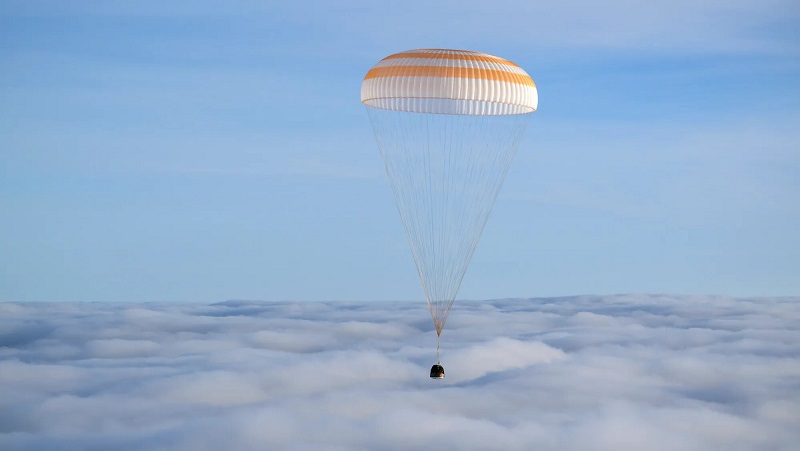
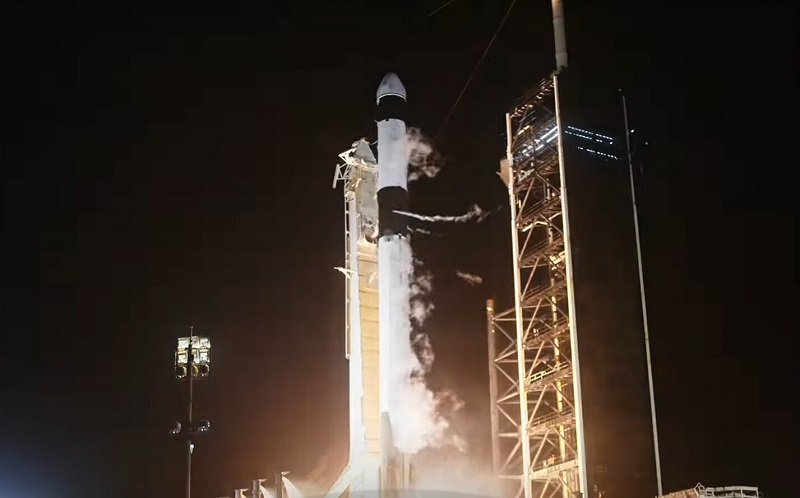
.jpg)
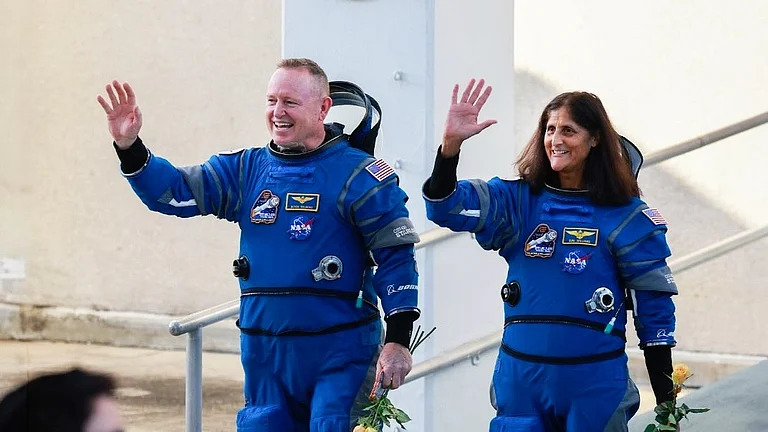
.jpg)






.jpg)



.jpg)




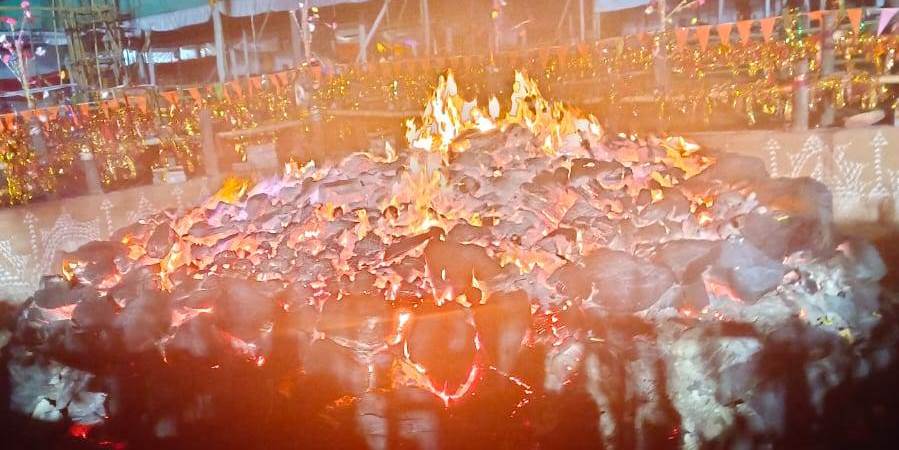
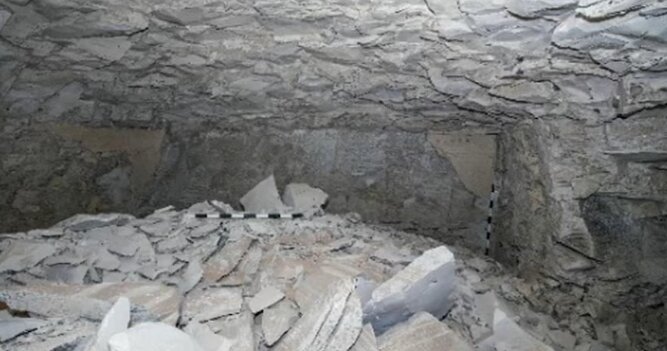












.jpg)



.jpg)





.jpg)


